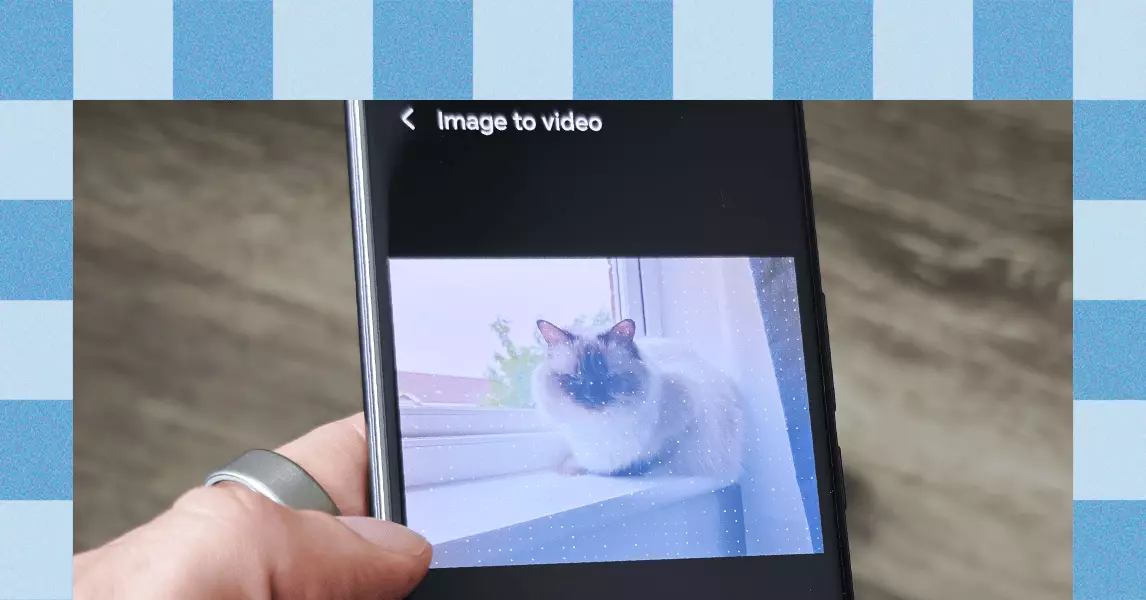Midrange smartphones have often been overlooked in a market dominated by high-end flagships, but the Honor 400 and 400 Pro are changing that narrative. Despite their unavailability in the U.S. market, these devices are making headlines thanks to their integration of Google’s cutting-edge AI technology, specifically the Veo 2 model. This innovative feature, embedded within the Honor Gallery app, allows users to transform still images into short, animated videos, a function that not only captivates but also provokes deeper reflection on the implications of our rapidly evolving digital landscape.
The Mechanics of Image-to-Video Transformation
Utilizing the image-to-video function is remarkably straightforward. The user opens the Gallery app, selects a still from their camera roll, and picks either a portrait or landscape aspect ratio. Once the process begins, the system takes a moment—typically around thirty seconds—to generate a five-second animated clip that brings the still image to life. It’s a process that, while simple, reveals the complex workings of AI technology at play. Yet, without an option to input prompts or guide the AI, users find themselves relinquishing control to the algorithms, which can yield results that range dramatically from delightful to disconcerting.
The Uneasy Reality of AI-Generated Media
As someone who has delved into using this feature, I am struck by the uncanny valley effect that often accompanies the output. For instance, animating a photo of loved ones can produce interactions that feel strikingly unnatural and, at times, disturbingly far removed from reality. One video depicted my wife covering her mouth, but the AI-generated movements turned absurd, making the mouth appear unsettlingly out of sync. Another attempt resulted in facial tics for my daughter that could only be described as awkward. Surprisingly, the AI showcased its potential well in some self-portraits, leaving those unfamiliar with my expressions genuinely fooled. Yet, my wife, who knows me intimately, could easily recognize the stark difference.
Beyond Aesthetic Enhancement: A Cultural Conversation
The AI capabilities integrated into these phones raise profound questions about the nature of photography itself. Historically, photographic techniques have evolved, yet the introduction of AI to produce completely animated videos from static images challenges our understanding of authenticity in photography. Enhanced images have become ubiquitous—from simple filters to complex editing—but the leap to generating videos from photographs represents a bold new frontier. It sparks discussions about the authenticity of our digital selves and the ethical implications of AI technology creating facsimiles of reality that can deceive viewers.
Embracing Change or Guarding Against It?
As we embrace this transformative technology, we must also evaluate the broader impact on society and our individual interactions with technology. On one hand, it births innovative forms of expression, but on the other, it blurs the lines between reality and fabrication. The excitement surrounding such capabilities must be tempered with caution, as we navigate this uncharted territory, questioning what’s real and what’s artificially crafted. As I reflect on my experiences with the Honor 400 and 400 Pro, I find myself fascinated, yet apprehensive about a future where visual stories may not originate from lived moments but from machine-generated interpretations. We stand at the precipice of a new paradigm in digital storytelling, and the conversation has only just begun.

